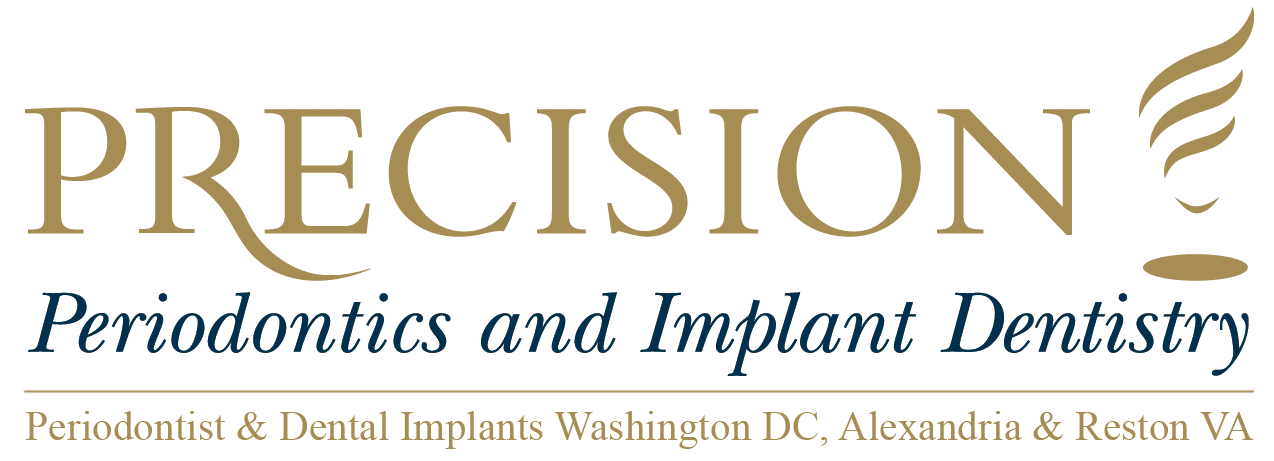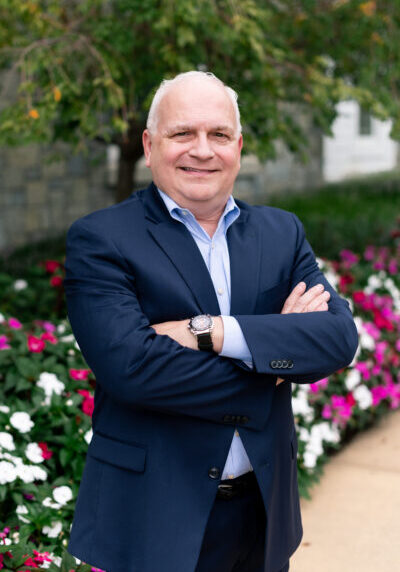Periodontology Anatomy - Gingival sulcus
The periodontium includes specialized tissues that serve two functions which include both surrounding and supporting the teeth in order to maintain them in the maxillary and mandibular bones. The word comes from the Greek terms peri-, meaning "around" and -odont, meaning "tooth". When taken literally, periodontium translates to "around the tooth". Periodontics is a dental specialty that focuses on the care and maintenance of these specific tissues. The specialty provides the support needed in order to maintain the function of the teeth. The practice consists of four principal areas which include the following:
- Gingiva
- Periodontal Ligament (PDL)
- Cementum
- Alveolar Bone Proper
The tissues located in the periodontium form together as an active group of tissues. The alveolar bone is surrounded by the subepithelial connective tissue of the gingiva. The connective tissue of the gingiva is then covered by the gingival epithelia. The cementum overlaying the tooth’s root, is attached to the adjacent cortical surface of the alveolar bone by the alveolar crest, horizontal and oblique fibers of the periodontal ligament.
The gingival sulcus is the area of potential space which is located between the surface of the tooth and the surrounding gingival tissue. The gingival sulcus is lined by the sulcular epithelium. Sulcus is Latin for groove. The depth of the sulcus is bound by two different separate entities which include apically by the gingival fibers of the connective tissue attachment and coronally by the free gingival margin. A healthy depth is typically 3 mm or less. This depth allows patients to properly clean the area using a toothbrush or to supplement the cleaning of the area using additional oral hygiene products.
Basic Periodontal Examination
The Basic Periodontal Examination (BPE) is an efficient and straightforward method used to systematically screen the gingival and periodontal health of a patient. BPE is used to determine the next steps for managing periodontal issues or any applicable treatment that may be required.
Measuring the Sulcus
The depth of the sulcus aids dental professionals in evaluating the health of the gums. A periodontal assessment aids in determining a patient’s risk for developing future gum disease. In order to measure the sulcus, a dental professional uses a small ruler, called a periodontal probe, and slides the probe below the gum tissue. The probe then enters the space which is referred to as the gingival sulcus. It gently presses up against the area where the gum tissue is connected to the tooth surface.
Pathology
When the sulcular depth is chronically in excess of 3 mm, regular oral hygiene at home may not be adequate to properly clean the depth of the sulcus. This can allow for the accumulation of food debris and microbes over time which can form a dental biofilm. This biofilm can be dangerous for the periodontal ligament (PDL) fibers which attach the gingiva to the tooth. When the accumulated microbes are undisturbed in the sulcus for extended periods of time, they can penetrate and destroy the delicate tissue and periodontal attachment fibers. When left untreated, this can result in a deepened sulcus, gum recession, destruction of the periodontium, including the bony tooth socket, tooth mobility and even the loss of the tooth. A periodontal pocket is a dental term which indicates an abnormally deep gingival sulcus.





